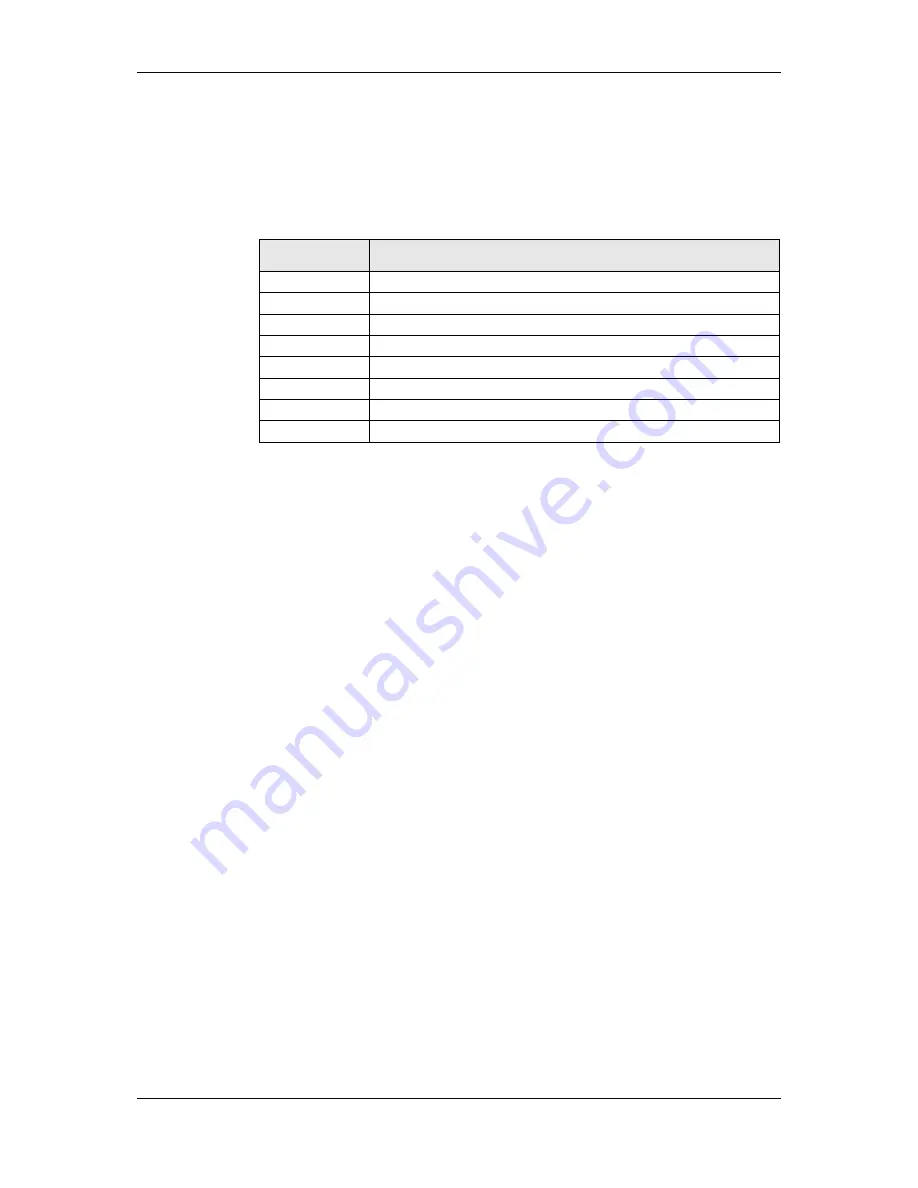
L-VIS User Manual
118
LOYTEC
Version 6.2
LOYTEC electronics GmbH
data point updates are only used to synchronize the time displayed on the control
with the time received from the data point and do not have any direct influence
on the controls update rate.
The last option is actually related to the selected date pattern in a locale aware control and
is discussed in the appropriate section below.
On the
Color
page, the following colors may be set:
Color Name
Element to which the color applies
Text
Text color of the clock in text mode.
Tick Marks
Hour tick marks in graphic style.
Clock Hands
Hour and minute hands.
Second Hand
Second hand (if enabled).
Selection Frame
Frame drawn around the entire control, if the control is selected.
Frame
Circle around the clock face (if enabled).
Container
Background of the clock face.
Background
Color of the background outside the clock face or behind the text.
Table 19: Color assignment for date controls
Output data points may be connected to a date control, in which case the date control
becomes a date input control. The user may then input a date and time using the keypad.
The number of seconds which passed since the first of January 1970 and the given
date/time will be written to the connected output data points. This value is suitable to write
to the system time set register, to update the current system time on the device. However,
note that due to limits of the underlying operating system, the system time of the device
may not be set to a date before 1/1/1988.
9.5.7.1 Locale-Aware Format Basics
If supported by the selected model, dates can be formatted according to a certain locale and
calendar system. To activate this mode, select the style
Locale
. When activated, the
controls text is reset to a default locale-aware format pattern, so make sure to set the style
before adding any additional text to the format. There is of course the possibility to undo
the style change to restore the control to the previous state, so no information is lost.
Locale-aware format patterns can be configured entirely via the UI of the property page, but
can also be edited directly in the text field, which may be useful for copy/paste operations.
To allow multi-line date controls, for example showing the date on the first line and time on
the second line, more than one date pattern can be defined in one date control. Each pattern
starts with a $ sign and is enclosed in curly braces, like in
${yMMMMeeee}
. Patterns can be
embedded at any point in the control text and will be replaced by the appropriate output.
The UI to edit these patterns consists of a list of available date fields from which fields can
be added to the current pattern, an area where the current pattern can be selected, new
patterns can be added, and existing ones can be deleted, as well as an area listing the fields
of the selected pattern with options to add and remove fields, change their order, and select
a variant for each field.
For each pattern, the option
Use auto formatter
can be used to select between a
raw date
pattern
, where date fields are formatted exactly the way they were specified in the pattern,
and a
pattern template
, where only a list of desired date components is given, and an auto-
formatter constructs a suitable format based on the current locale. The desired fields are put
in correct order, and field separators or text is added automatically as required. Using the
auto-formatter is the default, since it is easier to use. If a pattern is a raw date pattern, it
contains a hash as its first pattern character, like in
${#r-MM-dd}
for an ISO8601 date.






























